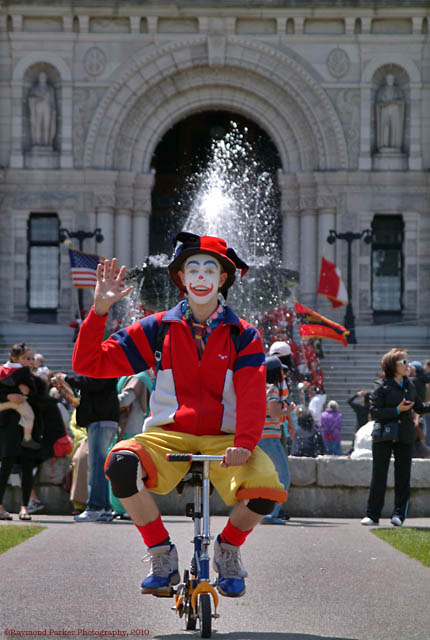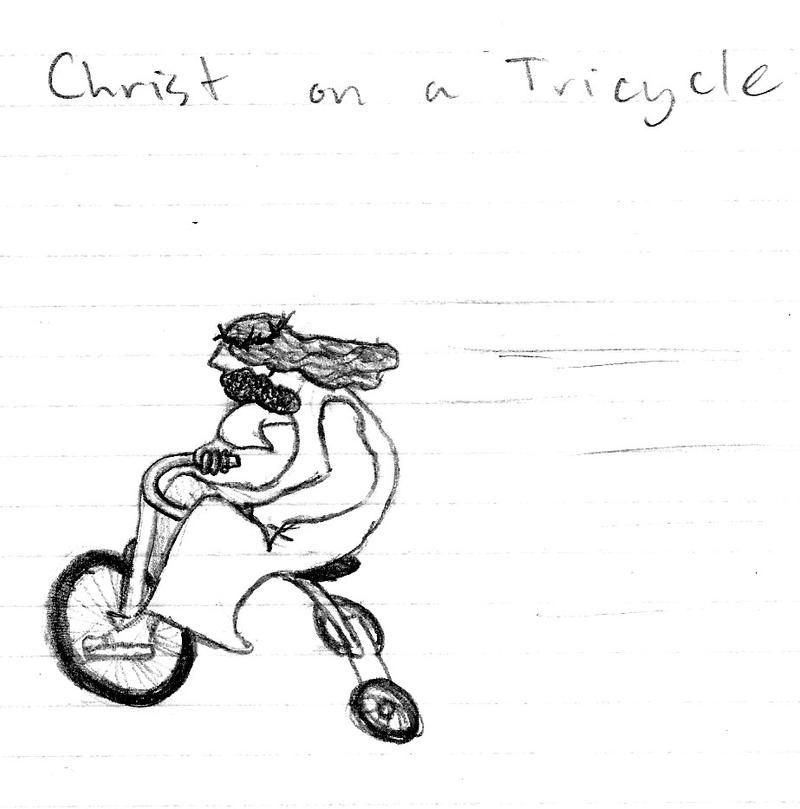“The Breath of Jesus: Balloons and Laughter”
The Rev. Dr. Leah D. Schade
April 27, 2014
Texts: John 20:19-31
“Laughter is
the best medicine,” as the saying goes.
And there’s medical research to back that up. “Over the years, researchers have conducted
studies to explore the impact of laughter on health. After evaluating
participants before and after a humorous event (i.e., a comedy video), studies
have revealed that episodes of laughter helped to reduce pain, decrease stress-related
hormones and boost the immune system in participants. Today more than ever before, people are
turning to humor for therapy and healing. Medical journals have acknowledged
that laughter therapy can help improve quality of life for patients with chronic
illnesses. Many hospitals now offer laughter therapy programs as a complementary
treatment to illness.” (
http://www.cancercenter.com/treatments/laughter-therapy/,
accessed April 15, 2014)
What better
place to employ this kind of medicine than church? How many of us bring the pain of life into
the pew with us and are seeking a few moments of relief? And isn’t it wonderful that we have Jesus
himself modeling laughter for us!
Jesus’
breathing on his disciples could be thought of as the “holy laugh” that brings
forgiveness and new life. How good it feels to take in that
air, feel it expanding our lungs, and expelling it in a physiological act
unique to the human animal—laughing.
They even
use Laughter Clubs to treat patients dealing with cancer. Patients put their fingertips on their
cheekbones, chest or lower abdomen and make “ha ha” or “hee hee” sounds until
they felt vibrations through their bodies. Let’s try it!
It is hard
for people not to join in because laughter is so contagious. According to one of the doctors who leads
these Laughter Clubs, at the end of a laughter therapy session, patients have
said things like "I didn't even think about cancer during Laughter Club,"
and "That felt great! Things have been so hard that we hadn't laughed in
months." One eight-year-old daughter of a cancer patient who attended
Laughter Club said afterwards: "I never thought about laughing every day,
but now I realize I can. Like even when I don't feel happy, I can still laugh
and feel better."
As I’ve said
many times before, Jesus was a trickster, and he loved to make people
laugh.
Kids loved to be
around him because he told humorous stories, poked fun at the stuffy religious
leaders, and rode that donkey like a tricycle into Jerusalem on Palm
Sunday. In a few weeks we’ll see Jesus
fill the room of disciples with the rushing wind of the Holy Spirit on the Day
of Pentecost.
And today he’s appearing out of thin air, like a rabbit out
of the magician’s hat, and breathing into that room like he’s blowing up a
balloon.
[Kids pass out balloons] Now, everyone blow
up your balloon, and just pinch the end.
Don’t tie it off – just hold it like that. What do you notice about the balloon compared
to before when there was no air in it?
How is it different? (Changed
shape, more colorful, pushing out our edges, expanded, we get filled up)
This is what
happens when the breath of Jesus fills us.
We are changed, expanded, filled up.
We are not the same as we were.
Now, when I
count to three everyone let go of your balloon.
What happened, what did you notice?
(It takes
off, things are in motion, it impacts someone else, you can't predict where
it's going to go, it comes back to us, it can be done again.)
That’s what
happens when Jesus releases us out into the world as his disciples. Things take off. People are in motion. People’s lives are impacted. And you can never predict where it’s going to
go.
Who would
have guessed that one year ago as we mourned the death of our beloved Rich Huff
that new life would be breathed into our congregation through the Chinese and
Silent Auction that has raised thousands of dollars for children and families
in need in our area. Talk about a breath
of fresh air!
Who would
have guessed that six months ago as Devon and Jindrah Kemper lay in intensive
care, their bodies precariously balanced between life and death, and then
facing months of therapy and recovery, that today they are dancing and laughing
along with the rest of us! Talk about a
breath of fresh air!
What did you
hear when we released those balloons into the air? Noise, yes, and laughter.
But also
pffftt - when we do things in the congregation that are filled with the holy ruah breath of Christ, we can expect
that some people will go ppppffftt. Thomas
certainly did. What a tragedy that God’s
comedic timing seemed off that day.
Thomas was not in the room when that breath of forgiveness and new life
blew across his fellow disciples. And so
when he was told, he dismissed it: pffftt!
There are many Thomases in this world who see only the death and
destruction around them and find no reason to rejoice, no reason for hope.
It was a 1950’s French short film about a boy who is
befriended by a balloon that seems to be alive.
It follows him everywhere, watches over him, accompanies him wherever he
goes.
The boy comes to love the balloon who is his companion in his
lonely life. It is a delightful story about
wonder and joy. But one day the bullies in the neighborhood
set their sights on the boy and his balloon, chasing him through the city and
attacking him.
A mean child takes aim at
the big red balloon with his slingshot, and a stone pierces the balloon.
I
literally felt myself deflate with sadness watching the balloon die, its shiny
skin crinkling and shrinking as it fell to the ground. It was one of the saddest moments I can
remember as a child, the first time I watched a thing of innocence and beauty
lose its breath of life.
I can imagine that this is how Thomas felt
when he finally encountered the risen Christ for himself.
Lifted up
with hope and the breath of new life, we, too, are carried on the wind from
God. We are like all those balloons, sent to the ones who need to be filled with Christ's Spirit. Freed from sorrow, at least for
this moment, we can let loose with our laughter, blow our kazoos, sing Zippity
Doo Dah, and dance around like holy fools!
May God’s joke on
evil and death tickle your funny bone!
May the laughter of Christ fill your lungs and your body with hope! And May the balloon of the Holy Spirit lift
you up and fill you with joy! Amen!









